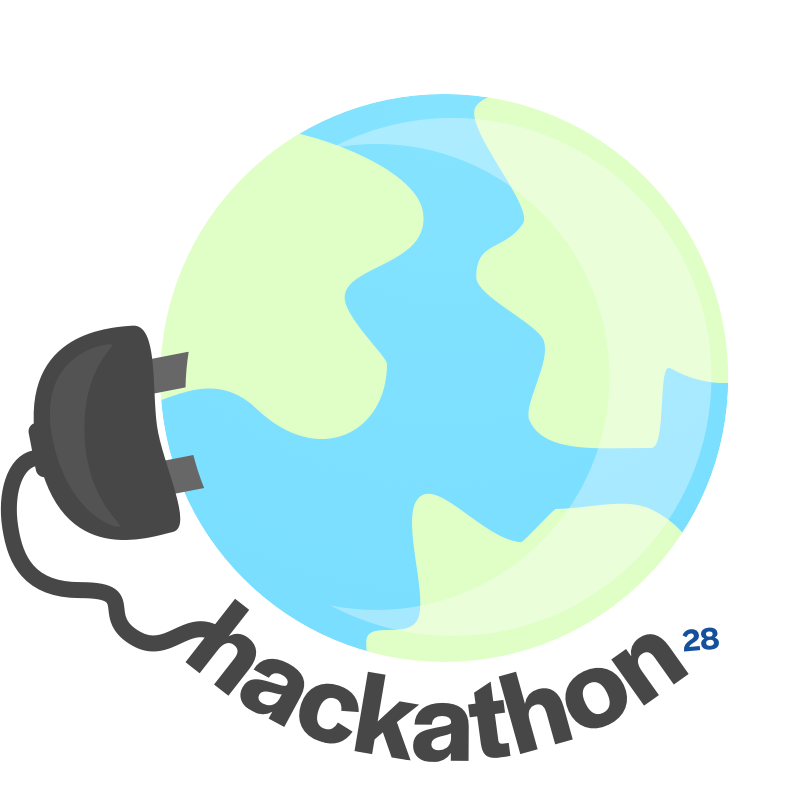At Just Eat Takeaway.com we love Hackathons. They’ve been a key part of our culture for as long as I’ve worked here and for many years before that. I’d like to discuss how we make being a part of them so great at work, the benefits that we get from them and how we’ve adapted to working from home.
Hackathons in general provide a fantastic opportunity for employees to bring their creativity to the table and explore new ideas. Over three days, newly formed teams work hard to turn their ideas into a demo and over the past few years, we’ve even had some great ideas make it into production.

Hackathons also give us the freedom to explore and use a wider range of tech that we may not necessarily come across as part of our everyday jobs or dive into areas of the platform we don’t usually work on. With over 900 components coupled with access to full-featured AWS accounts and a rich dataset to experiment on, there’s always something to learn.
While we were all still super excited about our latest hackathon in May, it did bring some additional challenges. With the outbreak of coronavirus,we’ve adapted fully to working from home over the past few months, which meant for the first time, Hackathon 28 – became a fully virtual event. Additionally, we all know that these are some of the most challenging times our society has faced so we also decided to focus on a theme that was all about helping others: Help the Planet, Help the Community and Helping Ourselves.
I worked alongside two other engineers, Zac and Fahad, as part of this hackathon. We decided to see how we could reduce the number of paper receipts for both our Restaurant Partners and customers to help reduce our impact on the environment. This gave us a fantastic opportunity to learn about different parts of the business that we wouldn’t usually come across, including how our end-to-end order flow works – from the moment the customer places an order right to when this order has been delivered to the door. And with the added challenges of taking part in a first-time virtual hackathon, I want to share some of my key learnings that I picked up along the way:
- Different teams do things differently – At Just Eat we don’t have a top down approach for building API’s, writing the front end or sharing packages. This allows teams to do things in a way that works best for them. So this was a great way to share learnings across different functions.
- Communication is key – Working remotely can be a challenge when working with new people. I think we did a pretty good job of it over the hackathon. Usually, we’re used to communicating freely with those sitting around us at Hackathons, but it’s not the same when everyone is at home. We made strong use of Slack, and jumped on lots of hangouts to ensure we were communicating all the time.
- Drawing diagrams – Drawing diagrams is hard when you don’t have a whiteboard. I’ve been getting more and more used to using draw.io and there are a variety of similar other tools that people have been using, from Miro to Jamboards. – having things like a writing tablet makes Jamboards much easier to use.
- Cross team collaboration – I’ve noticed that as more people rely on Slack or other communication tools, we’ve got better at chatting in threads, replying to people and generally being available to answer questions. Working with various teams on our hack was a really nice experience over Slack, with people collaborating well and generally being all round supportive of other teams making Pull Requests into their features.
This Hackathon showed how well we’re able to work remotely as a company and how events like hackathons can still work really well when held virtually. We had great brainstorming ideas across teams and countries, designed and implemented totally new architectures and presented these ideas to hundreds of people. We run 3-4 Hackathons per year, and the next one may still be held virtually, so I hope the lessons learned here on remote collaboration will help those taking part in future online Hackathons!